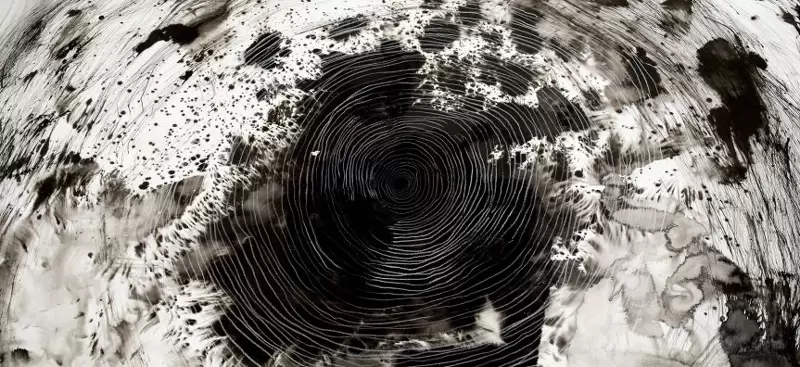Engineers, scientists and artists are teaming up to help communities connect with complex topics.
Engineers from UNSW Sydney’s Water Research Laboratory (WRL) at Manly Vale have teamed up with eight contemporary artists to create a unique exhibition inspired by place, history, water management and engineering.
Running at the Manly Art Gallery & Museum between now and 23 February, the Manly Dam Project exhibition provides a unique intersection of arts and engineering.
The Manly Dam area is a unique landscape shaped by the interventions of engineering and science. Once the source of drinking water in Sydney’s north, freshwater continues to flow from the catchment to the sea.
“Researchers and artists share a common aspiration to discover, understand, interpret and communicate the natural and cultural environment we live in,” said Professor Ian Turner, WRL director and co-curator of the exhibition.
“I feel it’s fitting to participate in an arts-science partnership focussed on ‘place’, with a particular emphasis on the critical role of water and coastal management to Australia’s future.”
The artists involved toured the water research laboratories with UNSW engineers, and the Aboriginal Heritage Office also participated in the process.
“Working with this exceptional group of artists has definitely given us new ideas on how we work and how to engage with our partners and community,” Turner said.
“It is an exciting exhibition that I hope many people will now take the opportunity to see it for themselves.”
Arts in Adelaide
Over in Adelaide, UniSA’s Museum of Discovery (MOD.) also has the science/art enthusiast in mind.
Their new exhibit, Seven Siblings from the Future, provides a view of life in 2050, exploring issues of the time in the context of new technologies and an altered political, cultural and environmental landscape.
Adapted from the original showing at Heureka Science Centre in Helsinki, the exhibit explores questions such as: Can we survive climate change? Will our skills have currency in a world that is increasingly automated? Can we feed the world and still reduce carbon emissions?
Director of MOD. Dr Kristin Alford said the exhibit was designed to provide food for thought while being interactive and entertaining.
“Each time we stage a new exhibition we aim to deliver something completely different in the local context and something that does provoke thought and engagement across the science and arts divide,” Alford said.
Creativity at CSIRO
The artistic side of science was also recently in the spotlight at CSIRO in Clayton, where artist Chris Henschke created an art installation playing on light and chemical reactions.
An experimental digital artist, Henschke worked with metal organic framework (MOF) researchers through an Australian Network of Art and Technology (ANAT) Synapse Residency.
MOFs are a new class of programmable molecules made of metal atoms joined to each other by organic linker molecules. These form nodes that bind the arms of the linkers together. This creates a repeated, hollow, cage-like structure with a large internal surface area.
Henschke’s experiments focused on the nature of chemical synthesis and how this could manifest through MOF chemicals. His aim was to coax out unique MOF phenomena, as well as producing ‘perceivable signatures’ of the materials.
Henschke’s work was displayed in the public exhibition Synthesism at CSIRO’s Clayton site in late November.
“Although artists and scientists are guided by very different methodologies, during my collaboration with the CSIRO chemists, I found interesting connections linking our respective experimental material practices,” Heschke told create.
“Through this, [there was] a shared excitement in exploring and creating natural and synthetic phenomena.”
